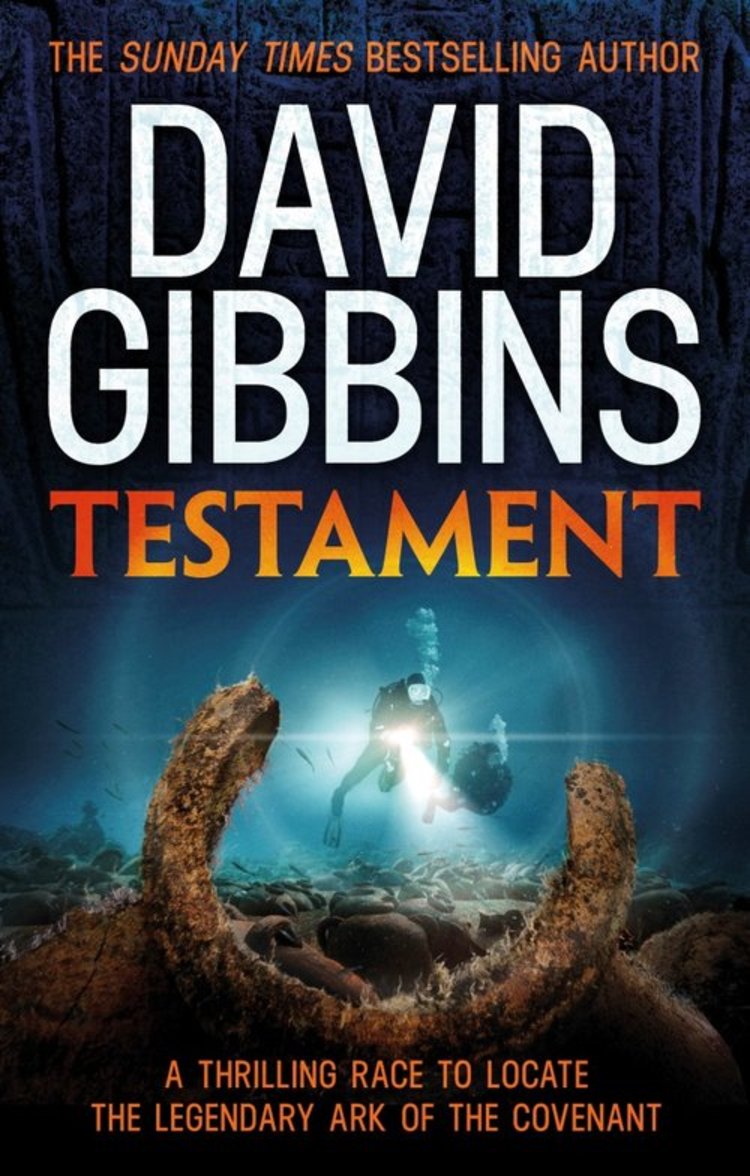
The Sunday Mail

Andrew Moyo Beyond the Cover
THERE are numerous writers who are good at crafting historical novels while others are more versed in the modern world, but then there are those who have mastered the ability to blend the past and present in an intricate manner.
David Gibbins is one of the few writers who has proven to be talented when it comes to knitting together events that could be set decades or even centuries apart.
This comes as no surprise considering that he is an archaeologist and is well known for leading numerous expeditions that have investigated underwater historical sites around the world.
His latest novel “Testament”, is intriguing in every aspect, with a storyline spanning from the B.C era to the present day world.
This book did not only send chills down my spine on numerous occasions but it also sent my mind wondering as I tried to get into the writer’s thoughts.
The level of creativity and imagination is just something to marvel at. The author displayed his knowledge in unearthing historical artefacts that would have been buried deep under the ocean for centuries.
The protagonist, maritime archaeologist Jack Howard, is not a new character in Gibbins’ work having been featured in eight other books.
Those who have read any of the books featuring Howard and his team know how daring and adventurous he is, characteristics he carries with him to the new book, “Testament”.
The book kicks off in the present day Atlantic Ocean off the coast of Sierra Leone, where the protagonist and his crew are hunting for treasure that has been lying underwater for years.
“Marine archaeologist Jack Howard stared down into the abyss, hearing nothing but the hiss of his oxygen rebreather as he floated in the deep ocean swell. Somewhere down there, somewhere in the inky blackness below, lay a prize beyond the dreams of most deep-sea salvors, a king’s ransom in gold resting unclaimed in international waters.”
What they glimpse there, in the moments before a cataclysm that nearly destroys them, sets Jack on one of the most extraordinary trails he has ever followed, to a Phoenician shipwreck off England, to a Second World War code breaker with an amazing story to tell, to the ruins of ancient Carthage, where Jack’s colleague Maurice Hiebermeyer has made one of the most bizarre discoveries of his career and to the account of a Victorian expedition against a mad king in the mountains of Ethiopia.
The writer takes us back to 585 B.C, a period when the Babylonians have ravaged the Holy Land and Jerusalem has fallen. In desperation the priests of the Temple look to the greatest navigators the world has ever known to save their treasures, to take them to places of concealment where they will await the time of revelation.
On a far distant shore, after a voyage more astonishing than any ever undertaken before, a Phoenician named Hanno flees for his life from a terrifying enemy, hoping against hope that his extraordinary cargo will reach the mountain fastness in time, the place the prophets called the Chariot of Fire.
The storyline also passes through 1943, during the darkest days of the Second World War where Allied code breakers play a game of life and death with merchant shipping and Nazi U-boats in the north Atlantic.
For a select few under the direct command of Churchill, the stakes are even higher, a top-secret exchange of deadly materials between the Nazis and the Japanese that must be stopped at all costs. Yet even they know nothing of the ancient artefact hidden on board a ship whose fate they have just sealed.
The main character pieces together the truth of one of the greatest ancient voyages of discovery, one whose true purpose he could scarcely have imagined. This literary piece is well written, the way in which the story moves as the mystery unfolds is meant to keep the reader glued to the pages.
I appreciated the way the writer described the diving sequences, painting vivid images of not only the actions of the divers but also the environs surrounding them.
“He switched on his headlamps and looked around. The world of gloom and shadows, a place where nothing seemed alive, had suddenly transformed into one of vivid colours and marine growth.
It was too deep for most corals, but the rock was covered with living accretion and the water was filled with diaphanous organisms that reflected the light: plankton and diatoms and miniature nudibranchs.”
There are enough thrilling events in this book that are capable of making your heart skip a bit. It is actually difficult to separate fiction from reality with the way the writer paid attention to detail, exploiting his knowledge base to bring this book to life.



